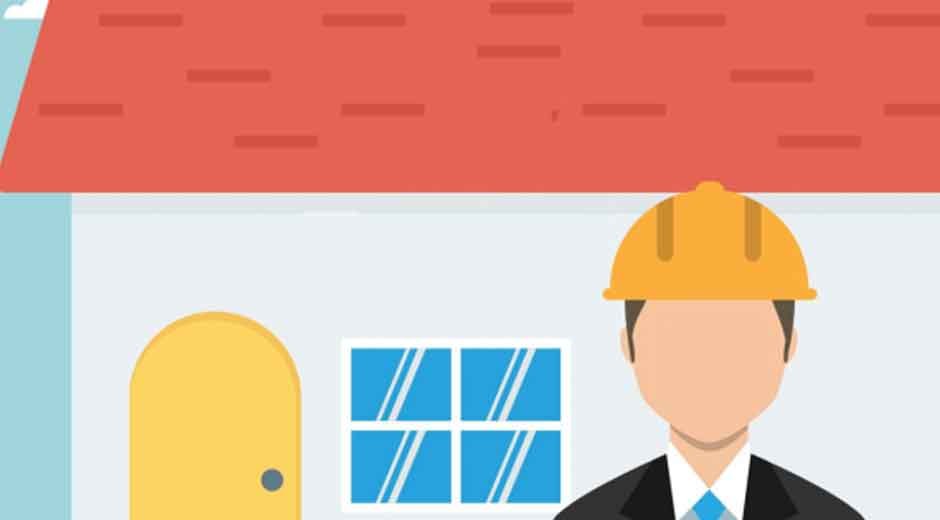Walls can do more than divide a space. When designed well, they become part of the landscape. With walls with landscape design, you can shape your yard, add structure, and keep everything connected.
These walls help define areas, support slopes, and improve curb appeal. Choosing the right materials and layout makes a big difference.
Blend style with function to get the most out of your outdoor space. Explore the ideas below to see how walls can work with your landscape, not against it.
Use Walls to Define Outdoor Zones
Walls can separate spaces without closing them off completely. A low wall can frame a seating area while keeping it open to the rest of the yard. Taller walls add privacy where it’s needed, like near pools or patios.
Add greenery like shrubs or vines to soften the structure. Materials like stone or wood also help it blend. Good zoning makes the yard more usable and visually balanced.
Match Wall Materials with Natural Elements
The material of the wall should not clash with the surroundings. Stone, wood, or textured concrete can echo elements already in the landscape. Try to avoid materials that stand out too much.
This helps the wall feel like it belongs in the space. It also ties in better with plants and other features. The goal is to keep everything looking connected.
Incorporate Greenery into the Wall Design
Plant life brings walls to life. Creepers, vines, or planter boxes attached to walls add texture and softness. This breaks up solid surfaces and makes them more inviting.
Green elements also help the structure feel less harsh. It’s a smart way to mix hardscape and softscape. This keeps the visual flow smooth across the yard.
Use Walls for Support and Style
Some walls serve a structural purpose while still looking great. For sloped landscapes, retaining walls help prevent erosion and create usable levels. But they can still be part of the design by choosing the right finish and shape.
Adding steps or built-in seating can also enhance function. These walls can both hold back soil and add curb appeal. Thoughtful planning makes them feel intentional, not just necessary.
Blend Wall Colors with the Environment
Color plays a big role in how a wall blends with the landscape. Neutral tones or earth colors work best. Avoid shades that look too artificial or bright. You want the wall to complement nearby plants and outdoor surfaces.
Subtle color changes can also help highlight textures. This makes the wall more interesting without overpowering the space.
Add Features That Make Walls Useful
Walls can be more than borders. They can have built-in seating, storage, or lighting. This adds value to the design without needing more space. Features like recessed lights can highlight the wall at night.
Adding these touches helps the wall serve more than one purpose. It also makes the yard more functional and enjoyable.
Discover the Art of Blending Walls with Landscape Design
Blending walls with landscape design brings balance and structure to your yard. It turns plain dividers into key parts of the layout. The right choices can improve how your space looks and works.
It also boosts property value and daily enjoyment. With good design, even simple walls can make a big impact. Let them serve both purpose and beauty in your outdoor space.
Want to read a little more? Head over to our blog.










